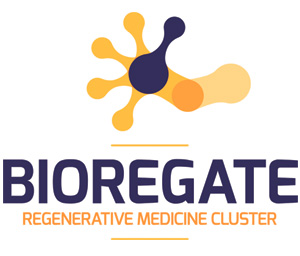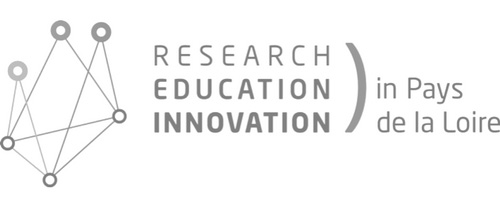Official Title
Controlled and Double Blind Comparison of a Traditional Dressing Versus a Biologic Dressing Composed of Fetal Fibroblasts and Keratinocytes in Association With a Collagen Matrix on Skin Donor Sites
Objective(s) of the trial
Cell-based engineered skin substitutes are promising to treat difficult-to-heal acute and chronic wounds such as large/deep burns, ulcers resistant to conventional therapies or surgical wounds. Cultured autologous epidermal cell-based therapy is used for more than two decades as permanent wound coverage for large burns. Although this technique has been shown to improve outcomes in patients with large burn injuries, its clinical use is limited by the creation of a second wound at the donor site, the three-week delay needed to obtain sufficient amounts of cells, and the absence of a dermal component resulting in low graft take and wound contraction.
Concurrently, allogeneic cell-based engineered skin substitutes have been proposed. Where they offer off-the-shelf temporary wound coverage acting as biologically active dressings releasing growth factors, cytokines and extra cellular matrix components essential for proper wound healing, they are susceptible of immune rejection that is their major weakness Fetal skin, before the third trimester of gestational age, heals rapidly without scar formation conversely to adult skin. Minimal inflammation, specific cytokine and growth factor profiles, and faster and organized deposit and turnover of Extra Cellular Matrix (ECM) components during fetal wound healing have been proposed to explain the absence of scar formation. Because of their low immunogenicity, and their unique regeneration properties, fetal skin cells represent an attractive alternative to the commonly used autologous and allogenic cutaneous grafts.
The investigators developed a new healing dressing constituted by a collagen sponge seeded with a specific ratio of active fetal fibroblasts and keratinocytes producing a variety of wound healing growth factors and cytokines which increase the speed of wound healing, induce an immunotolerant state, with a low inflammatory reaction.
This prospective randomized controlled study aims to compare wound healing of CICAFAST versus conventional treatment (JELONET®) in the treatment of split-thickness skin graft donor site at D8. The patient will be his own control.
Trial status
Recruiting

